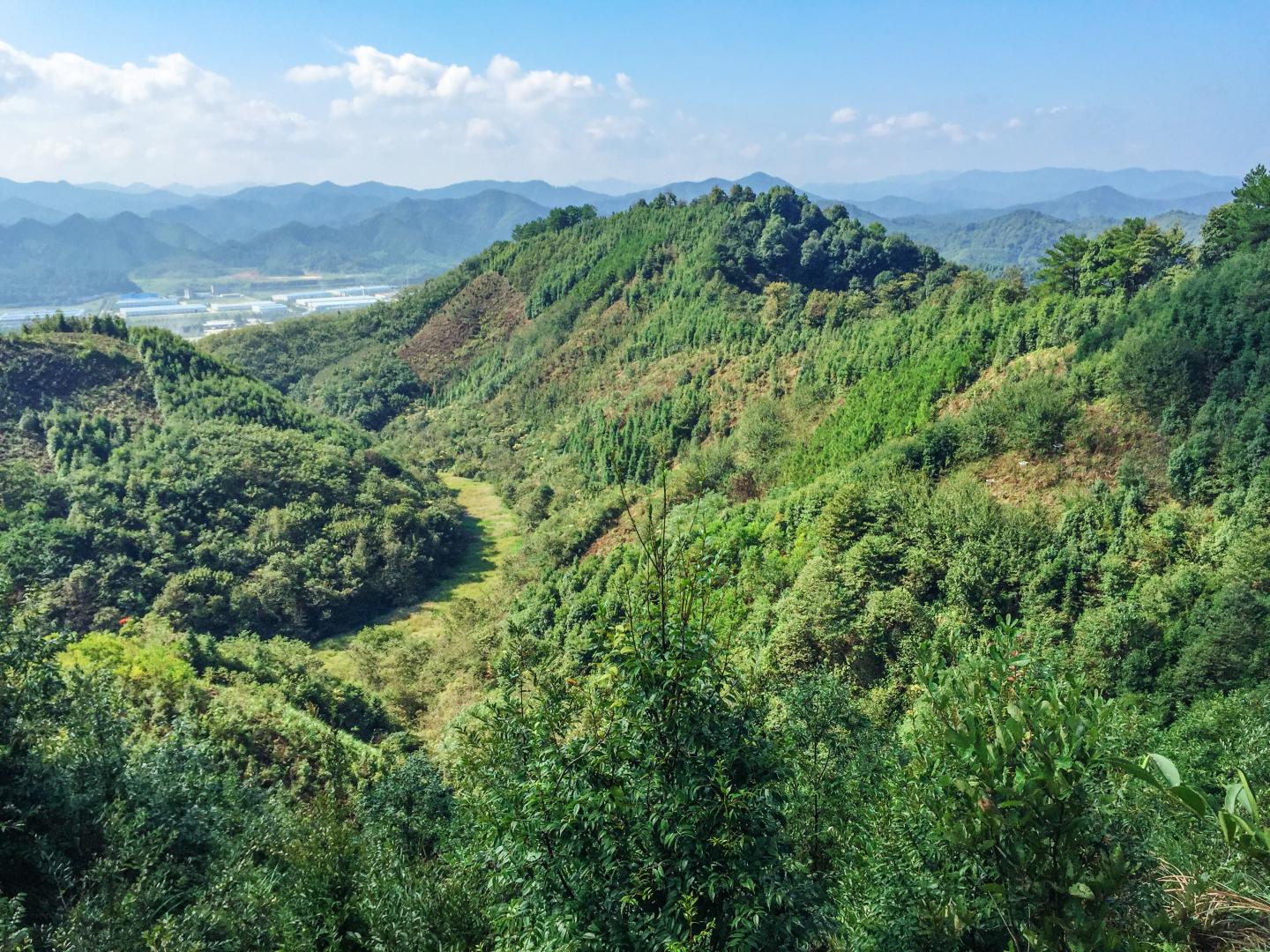
The experimental site of BEF-China in located in a mountain area 400 kilometres to the west of Shanghai. Credit: UZH
Species-rich subtropical forests can take up, on average, twice as much carbon as monocultures. This has been reported by an international research team in the professional journal SCIENCE. The study was carried out as part of a unique field experiment conducted under the direction of Martin Luther University Halle-Wittenberg (MLU), the German Centre for Integrative Biodiversity Research (iDiv) and the Chinese Academy of Sciences. The experiment comprises forests grown specifically for this purpose in China; for the study, data from experimental plots with a total of over 150,000 trees were analysed. The researchers believe that the results speak in favour of using many different tree species during reforestation. Thus, both species conservation and climate protection can be promoted.
In the year 2009, BEF-China began as a unique forest experiment; combinations of trees comprising different numbers of species were planted – from monoculture to species-rich forest with 16 different tree species. After eight years, such a species-rich forest stored in its above-ground biomass an average of 32 tons of carbon per hectare. By contrast, an average monoculture stored only 12 tons per hectare; not even half the quantity of the species mixtures. During photosynthesis, the plants absorb carbon dioxide from the atmosphere and convert the carbon to biomass. When a forest stores more carbon, this helps reduce greenhouse gases and, at the same time, also indicates high forest productivity.
That biodiversity increases productivity had previously been demonstrated through experiments in grassland ecosystems in Europe and the USA, for example in the Jena Experiment in Germany. By contrast, since it was assumed that all tree species occupy similar ecological niches, a minimal effect of biodiversity was conjectured for forests. Evidently, however, this assumption was wrong, as Prof Helge Bruelheide of Martin-Luther-University Halle-Wittenberg, co-director of the iDiv research centre reports; “In the forestry experiment, biomass increased just as quickly as in the grassland ecosystems. As a result, even after just four years, there were clear differences between the monocultures and the species-rich forests.”
“These findings have great ecological and economic significance”, says Prof Bernhard Schmid of the University of Zurich, senior author in the more than 60-strong writing team of the current publication in Science. A previous study already found a positive correlation between biodiversity and carbon storage. “However, this previous study was based on simple comparison of natural forest plots varying in species richness and therefore it was impossible to conclude that higher biodiversity was the cause of the higher productivity”, Schmid says. Prof Keping Ma of the Chinese Academy of Sciences adds: “But now we have reached the same conclusion with an experiment under controlled conditions: a forest with a large number of tree species is more productive than a monoculture”.
Worldwide, there are plans for major reforestation programmes with the aim of protecting the climate through the planting of new forests. In China alone, between 2010 and 2015, 1.5 million hectares of new forest were planted each year, although mainly with fast-growing monocultures. “With a mix of native tree species, it is possible to achieve higher productivity, which then also helps to better protect the climate”, Helge Bruelheide points out; “Species-rich forests are also less susceptible to disease and the extreme weather events which are becoming more common due to climate change. In addition, they also contribute towards protecting the world’s threatened biodiversity.” Reforestation with a mix of different species also pays off economically, the study authors say: if the effects observed in the experiment are extrapolated to the world’s existing forests, it can be concluded that a 10% decline in tree species would lead to production losses of 20 billion US dollars, worldwide, per year.




